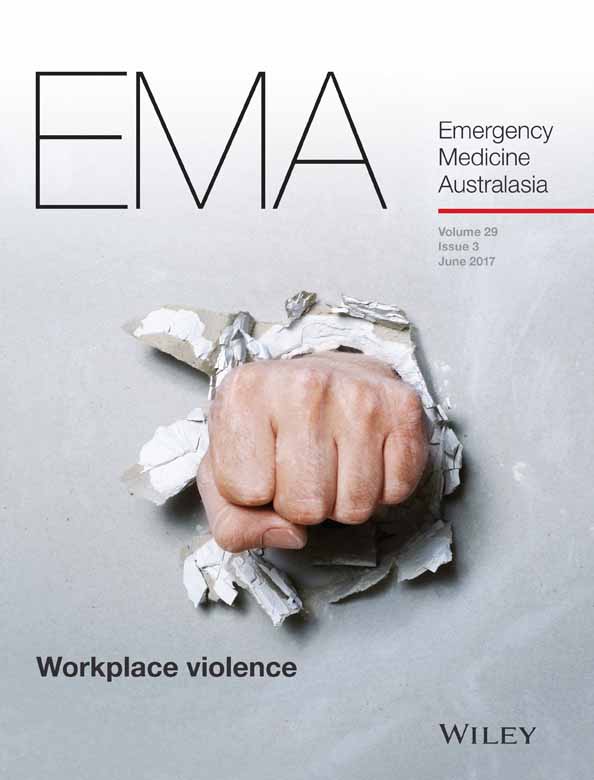Economic evaluation of nasogastric versus intravenous hydration in infants with bronchiolitis
Abstract
Objective
Bronchiolitis is the most common lower respiratory tract infection in infants and the leading cause of hospitalisation. We aimed to assess whether intravenous hydration (IVH) was more cost-effective than nasogastric hydration (NGH) as a planned secondary economic analysis of a randomised trial involving 759 infants (aged 2–12 months) admitted to hospital with a clinical diagnosis of bronchiolitis and requiring non-oral hydration. No Australian cost data exist to aid clinicians in decision-making around interventions in bronchiolitis.
Methods
Cost data collections included hospital and intervention-specific costs. The economic analysis was reduced to a cost-minimisation study, focusing on intervention-specific costs of IVH versus NGH, as length of stay was equal between groups. All analyses are reported as intention to treat.
Results
Intervention costs were greater for IVH than NGH ($113 vs $74; cost difference of $39 per child). The intervention-specific cost advantage to NGH was robust to inter-site variation in unit prices and treatment activity.
Conclusion
Intervention-specific costs account for <10% of total costs of bronchiolitis admissions, with NGH having a small cost saving across all sites.




